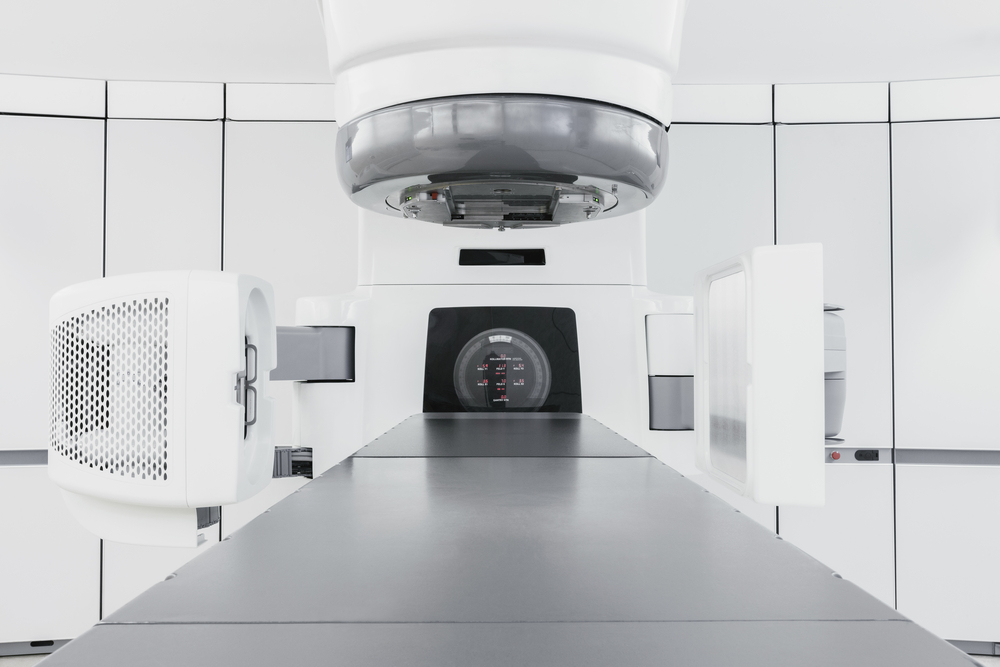
Hyperthermia and radiation therapy
We are gradually beginning to understand the potential of hyperthermia. It is basically a natural process – similar to fever, and does not have any long-term side effects if applied correctly. It is interesting to note that the objectives and reasons for using hyperthermia can vary widely.
This post discusses hyperthermia in combination with radiation therapy. A few years ago, two authors wrote in the Journal of Clinical Oncology that hyperthermia was “one of the most effective radiation sensitisers known1.”
Why does hyperthermia, which has few side effects, have such potential to make radiotherapy treatment more effective?
1. First of all, it is important to keep in mind how much effect hard gamma radiation has on cells– initially none! It only has an indirect effect when the radiation strikes oxygen molecules and generates free oxygen radicals. These radicals then cause the DNA damage. That means if we had an oxygen-rich environment in the target area, radiation therapy would be significantly more effective than in a relatively oxygen-poor environment. Unfortunately – you guessed it – tumor tissue tends to have a lower oxygen supply than normal healthy tissue. That means any measure that improves the oxygen saturation is helpful, and that is exactly one of the benefits of local hyperthermia. The warming leads to higher local blood flow, the vessels dilate slightly, and permeability, meaning blood perfusion of the tissue, improves. Accordingly, hyperthermia helps to generate more radicals, which are the actual cause of the intended DNA damage. Local hyperthermia in the target area is also able to slightly increase the level of oxygen enrichment over several days2.
2. After radiation therapy, the target area now contains many cells with breaks in the double helix of their DNA. Each cell has inherent mechanisms to repair these double breaks. However, this repair mechanism is inhibited if a cell is stressed. And heat is a form of stress. Thanks to this effect – colloquially referred to as “fix the damage” – the intention of destroying the DNA of cancer cells in the target area with radiotherapy can also be achieved in the long-term if repairs are possible to a lesser extent.
There are additional synergy effects associated with the cell cycle, which will not be discussed in greater detail here. Above all, there are immunological synergy effects with radiation therapy, which will be described in a separate post at a later time.
In any case, these reasons have solid clinical proof. In the meantime, a large number of studies have been conducted to examine the outcomes of radiation therapy on its own in comparison with the outcomes of the same radiation therapy combined with local hyperthermia. The results are highly significant in favor of using a combination treatment with hyperthermia13. It is therefore quite regrettable that many radiation treatments in German-speaking countries – including at some universities – still have not integrated hyperthermia as a combination therapy.
> to the entire literature sources
-
M. R. Horsman, J. Overgaard; Hyperthermia: a Potent Enhancer of Radiotherapy. In: Clinical Oncology (2007) 19: 418e426 doi:10.1016/j.clon.2007.03.015 ↩ ↩
-
L.Lüdemann, G. Sreenivasa, H.Amthauer, R.Michel, J.Gellermann, P.Wust; Use of H2 15O Pet for investigating perfusion changes in pelvic tumors due to regional hyperthermia. In: Int.Journal of Hyperthermia June 2009 25 (4): 299-308 ↩
-
NR Datta, SG Ordóñez, US Gaipl, MM Paulides, H Crezee, J Gellermann , D Marder, E Puric,S Bodis; Local hyperthermia combined with radiotherapy and-/or chemotherapy: recent advances and promises for the future. In: Cancer Treat Rev. 2015 Nov;41(9):742-53. doi: 10.1016/j.ctrv.2015.05.009. Epub 2015 May 27. Review. ↩
